PETER KEMPKENS
On The Beauty Of Craft
An all-around creative who offers living proof that magic happens when you work with your heart and hands.
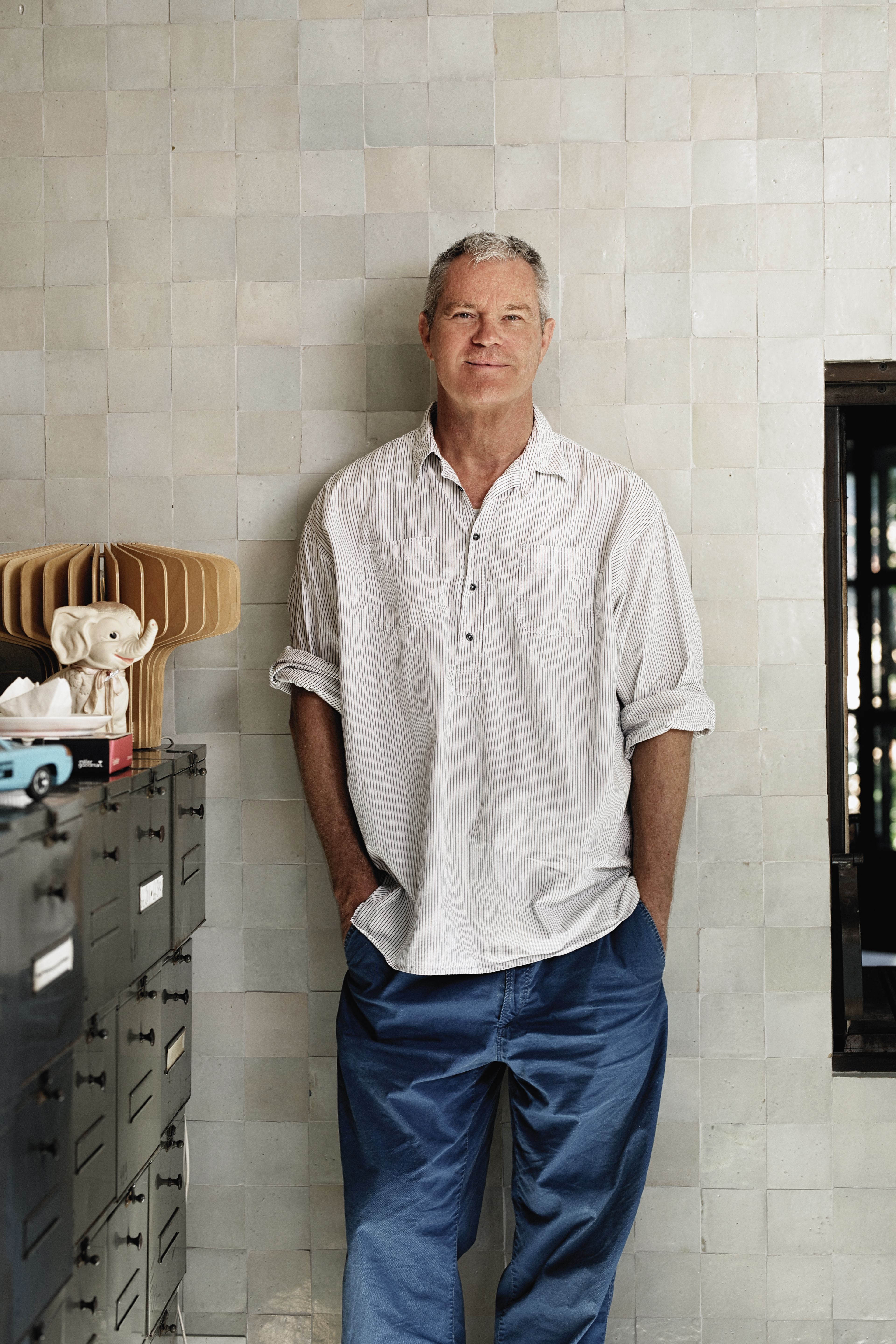
The TwentyFour Six caught up with Peter at his charming home in Breganze, a small village in Italy's Vicenze province, where almost everyone you meet is connected to the fashion industry.
The TwentyFour Six caught up with Peter at his charming home in Breganze, a small village in Italy's Vicenze province, where almost everyone you meet is connected to the fashion industry.
That’s precisely the reason he's lived here for over twenty years, working as a creative director for the mega brand Diesel's kid's collections. Nowadays, he divides his time between Italy and Brazil. He's recently pivoted his design focus to making homeware and furniture.
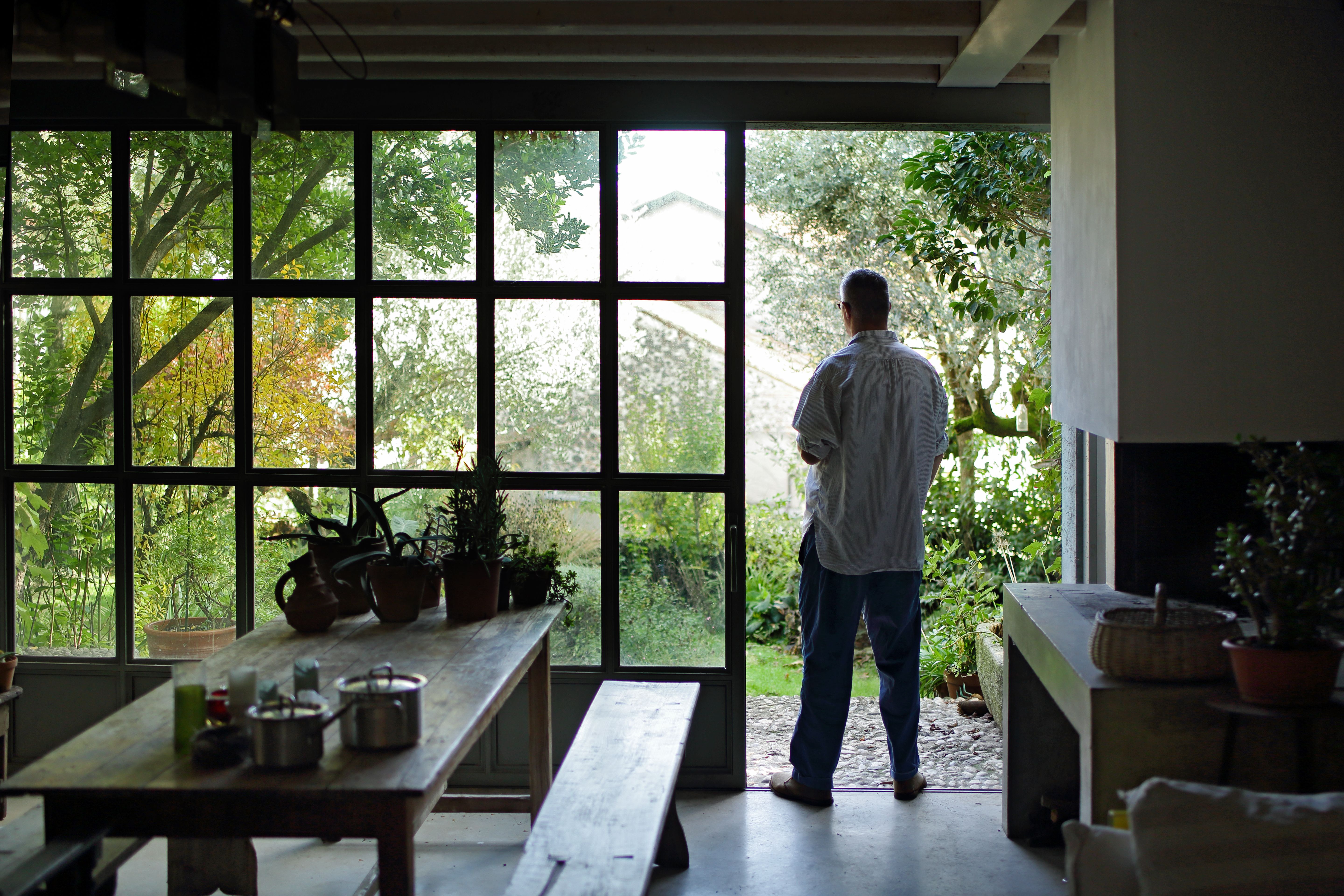
The Creative Eye: From Fashion to Design
The best career paths are winding roads that lead to unknown destinations but are driven by hard work. That's Peter Kempkens' story. He was born in 1964 in Arnhem, The Netherlands, which is also where he completed his studies at the art academy's fashion department. He set off for Italy and started his career in a design studio in Padua, but soon built his career at Diesel. He served twenty-three years with the company as a creative director for the kids' collections, managing all aspects of design, production, marketing, publicity, and sales.
When the time came to branch out, Peter's move to Brazil started as a playful project eight years ago. "It didn't become a decision, saying now I want to discover this or that. It happened organically. And everything I do now happens more or less organically," he says.
Craft in all its forms and shapes is what grows from this organic life.
Craft in all its forms and shapes is what grows from this organic life.
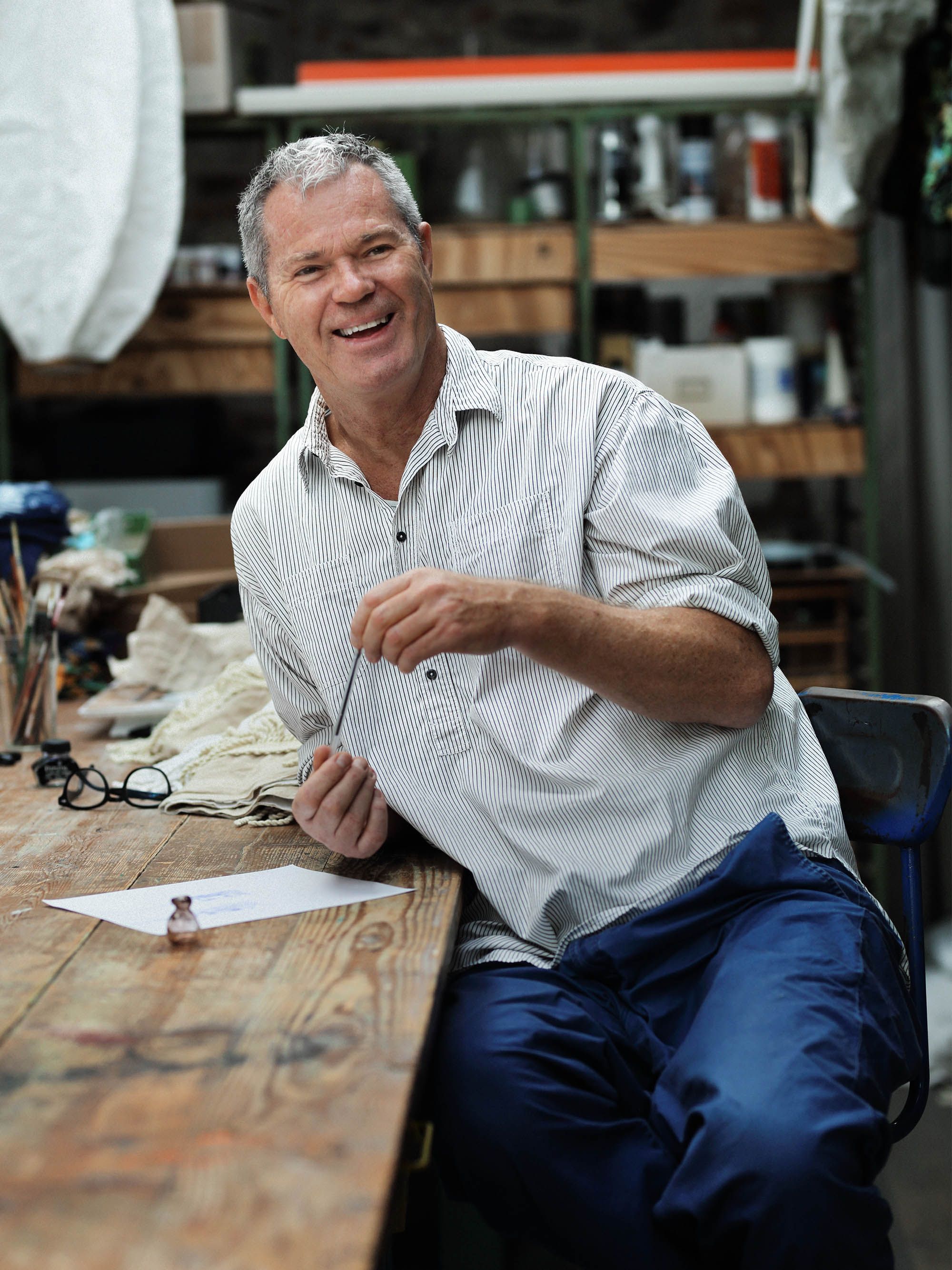
Finding his creative voice
Organic is the perfect word to describe many of Peter's traits. From our first encounter, he makes an impression. He has an elegance and calming ease as he moves through the day. He stands very tall, but rather than imposing, he's relaxed, casually dressed, and radiates a soothing, natural aura.
An ideal interview for The TwentyFour Six, Peter's intriguing vision of life and his seemingly eternal creativity is captivating. Walking up to the first floor of his home, we enter the studio he uses when he spends time in Breganze. Seated comfortably between patterns, samples, and the initial prototype from our collaborative item, we talk about what drives Peter to create.
The 246: When did you know you wanted to study fashion?
Peter: It was late. After high school, I started to study architecture. In that first year, I changed to fashion immediately because I was more attracted to the work that the people who followed fashion did. I tried to enter the fashion department at the age of nineteen. At first, I thought of doing something architectural, then I started to do something fashion. It was completely new for me. I did not know how to stitch, I had never made any clothing, but I was attracted to it. We had a very tough lady who had to let me enter because it was not obvious that I could start there. I had to convince her that I was able to do it and proved it by working hard and trying to convince her that I was able to and interested in doing that study. She let me in, and then she retired. And I started and finished the first, second, third, fourth year, and so on.
Most of the years you spent in fashion were devoted to designing for kids. Was this a challenge?
Most of the years you spent in fashion were devoted to designing for kids. Was this a challenge?
For me, it didn't make much difference than designing for adults. Of course, you cannot say that it has the same approach as high fashion for example. But Diesel was a casual brand, so what we tried to do was to keep the casualness, the toughness, and the easiness of Diesel. We didn't make princess dresses. We treated the collection in an adult way. We had a very creative approach that more or less followed the same approach as the women's and men's lines. But with restrictions towards kids. They have to be sort of more simple, easy to wear. So you have restrictions but you can do a lot with creativity.

After twenty-three years, you pivoted to change your life towards different forms of design. How did that happen?
After twenty-three years, you pivoted to change your life towards different forms of design. How did that happen?
That happened very naturally. It was not a decision or something I decided when I finished working with Diesel. A friend of mine, Wilbert, opened a hotel in Trancoso, in Brazil. We were very good friends. He used to work at Diesel as well. When we both stopped, he had the hotel in Brazil but started having more and more private projects. He designed homes for families and friends. They really liked the concept of Uxua and they trusted him to build something for them. That’s where I jumped in. More or less as a playful thing. I had time. I asked: "Do you want me to help research? Maybe we can sit and think about this together." And that's how it started off. We like working together and this has been going on for more or less eight years. So it didn't become a decision saying now I want to discover this or that. It happened organically. And everything that I do now happens more or less organically.

When you design or create something, you said that mostly you think about a certain subject and translate that into furniture, how does that work?
What I find interesting in design is that it has a bit of a feeling behind it. A thought behind the object. It's not just purely an object, but it has a certain meaning. I started thinking about the sins. You have the seven sins like greed and narcissism, which is not really a sin. But thinking about these words I used it to approach it in design. I made a greed object. It was a small piece of furniture with a lot of keys and a lot of key holes that expressed the greed of hiding something, locking it. Then I made a mirror with a lot of mirrors around it, which reflects the thought of narcissism, looking at yourself from all different angles, putting yourself in a very important spot.
When you think about translating certain subjects you come to funny solutions. I always think about using local materials as well, which we have a lot of in Brazil. And working with the local people who are very collaborative. And that's how I started playfully working with furniture.
When you think about translating certain subjects you come to funny solutions. I always think about using local materials as well, which we have a lot of in Brazil. And working with the local people who are very collaborative. And that's how I started playfully working with furniture.
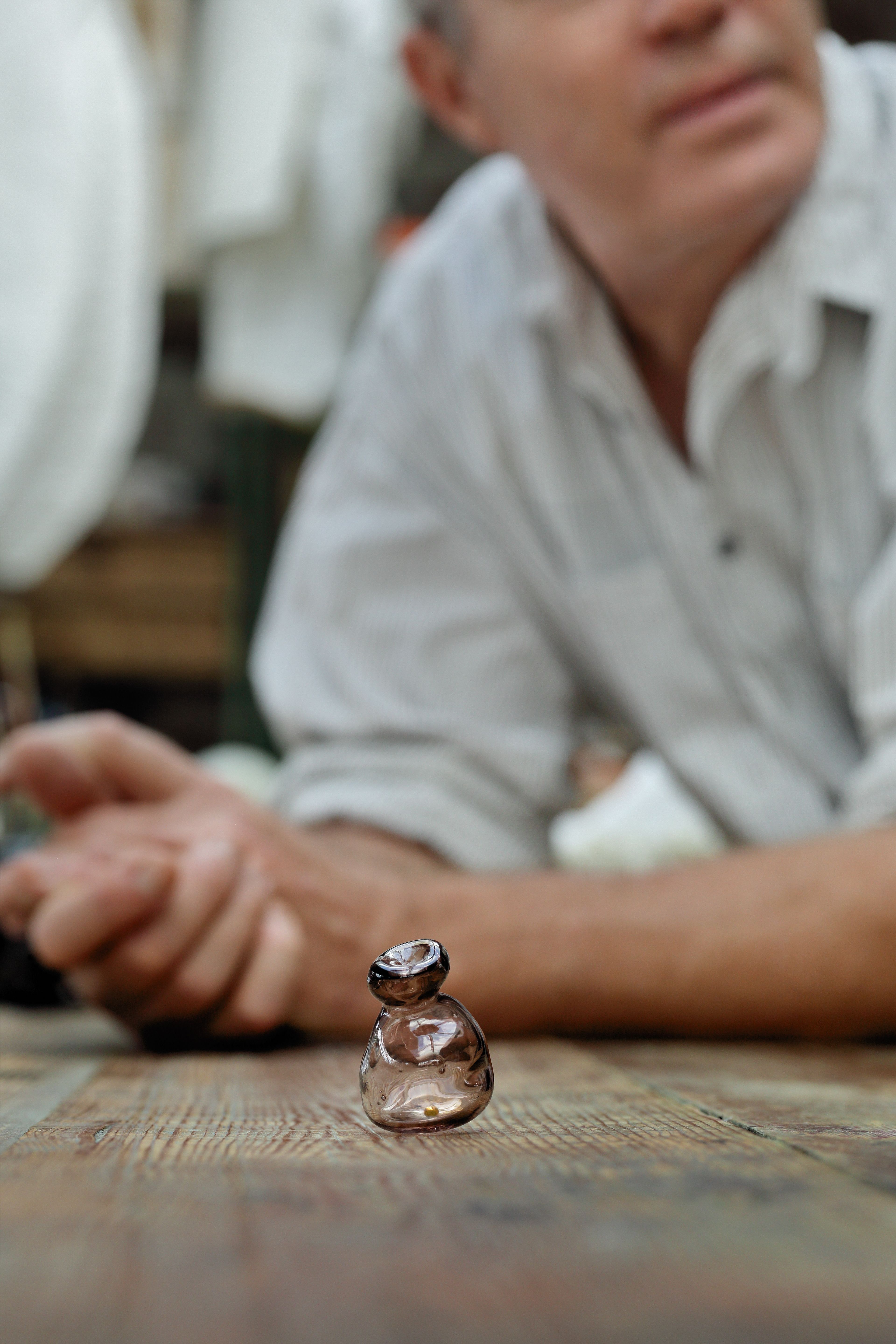
That brings us to the item that we designed for The TwentyFour Six. It has a deeper meaning. Tell us more about the inspiration and story behind the little glass pendant?
I was really interested in collaborating with you and was immediately in when you talked about it in this enthusiastic way. I started thinking about what it could be and it's a little bit in the same thought as I explained before. Making something with a thought behind a simple item.
We used the most precious material, gold, something to show off with. Then I wanted to enclose it, to capture it in a little bottle of glass. So you show it off, but it's not on your finger. It's not hanging freely. It's in a little bottle, closed off. You cannot take it out.
This small piece of pure gold, is precious but something that you could nearly find on the street. You put it in a bottle, you close it off, and that's what you hang around the neck. It’s the thought behind it to cherish something, to close it off, to keep it for yourself. Not showing it off, but by having it with you in a pure shape.
Not everybody can see this thought, but I think it's a beautiful, beautiful object. And I like something that is quite pure like glass. It's transparent. And gold of course in its pure shape I think is also very interesting. I hope people will like it.
You put it in a bottle, you close it off, and that's what you hang around the neck. It’s the thought behind it to cherish something, to close it off, to keep it for yourself.
You put it in a bottle, you close it off, and that's what you hang around the neck. It’s the thought behind it to cherish something, to close it off, to keep it for yourself.
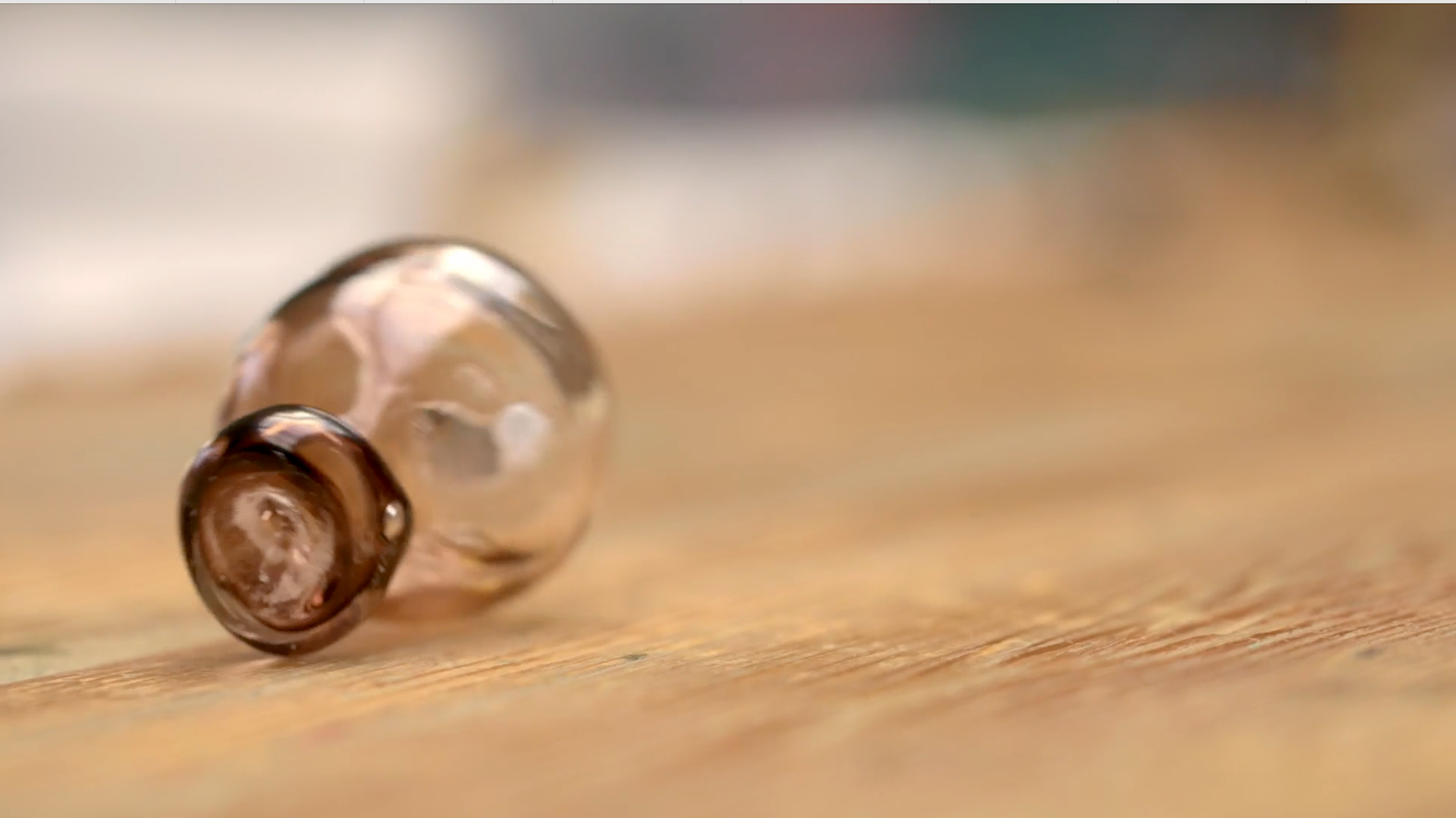
When you look back at all that you've done, if you could send a message to your younger self what would it be?
When you look back at all that you've done, if you could send a message to your younger self what would it be?
Think less, do more, and do more with your hands. Because that's something that pushes you forward. By doing things, most of the time you'll already have an idea of what you should do next because the energy flows. And that is magical.
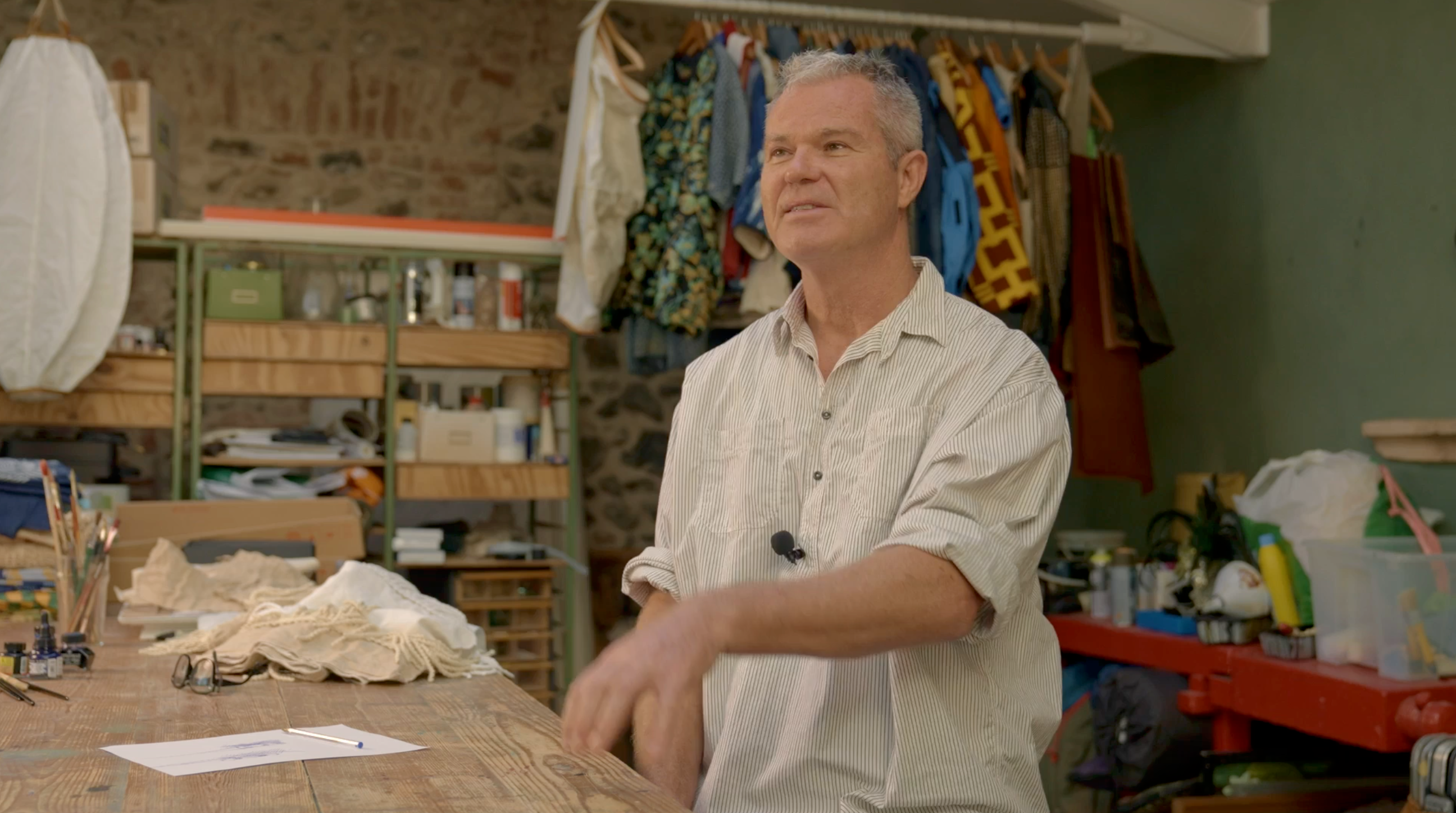
One last question that we like to ask all interviewees. As we are The TwentyFour Six. What do you like to do on your seventh? Or your perfect day off?
One last question that we like to ask all interviewees. As we are The TwentyFour Six. What do you like to do on your seventh? Or your perfect day off?
Being in nature. Calmness. A slight activity like walking in nature with the dogs. On the beach or in the woods. Having a sort of calmness around where you can re-energize yourself, and not by sitting on the couch. Most of my ideas come through walking. When you are doing a slight activity you can reflect on certain things. Sometimes ideas pop up by themselves without thinking about it and then you know how to give them shape afterwards. So that's my ideal day.
